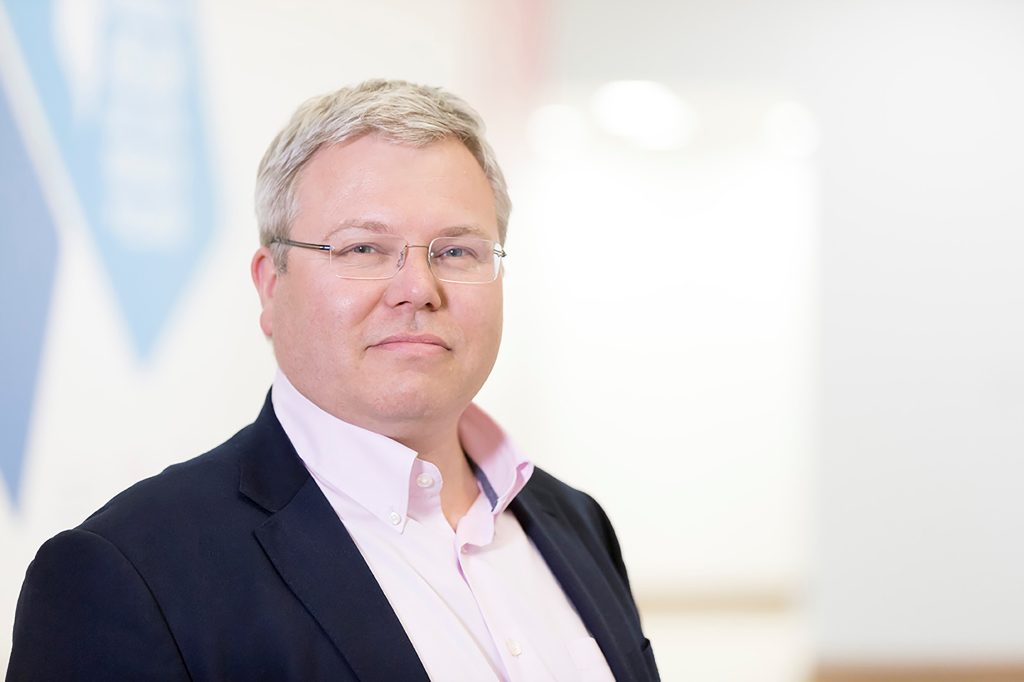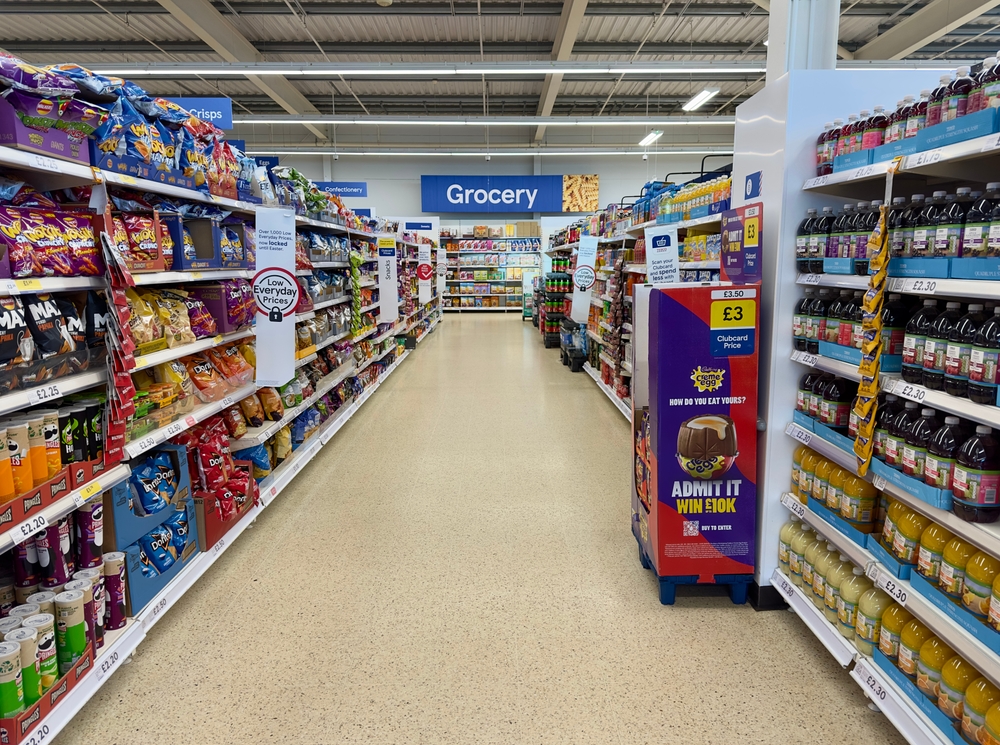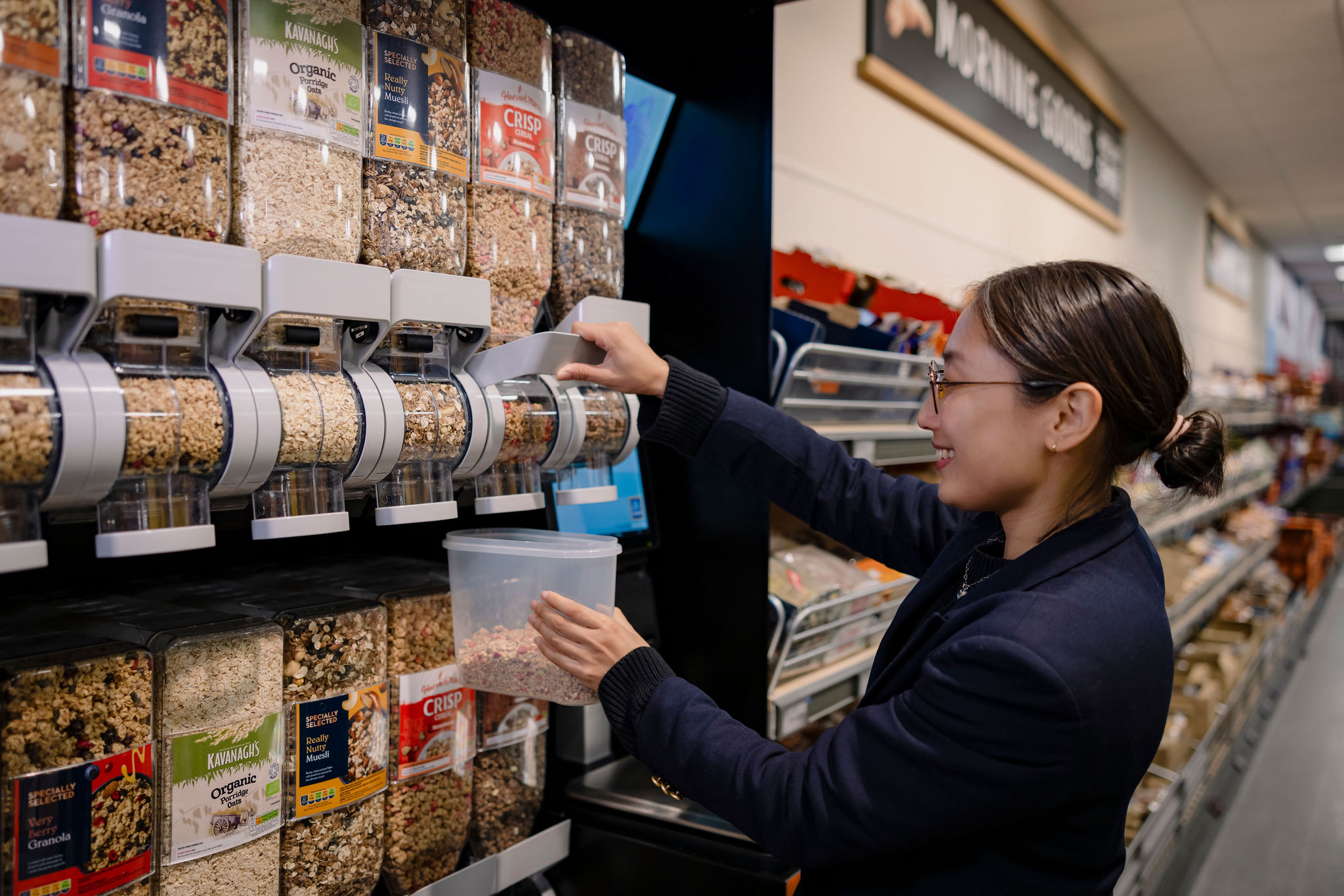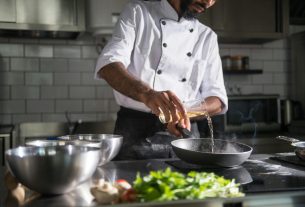Sebastian Munden, Chair at WRAP and former Unilever UK & Ireland CEO, will share latest insights on scaling reuse and refill during a panel at London Packaging Week, exploring how the UK Packaging Pact will drive circular change across industries.
Imagine a world where packaging no longer ends its journey in landfill or incineration, but flows seamlessly from one use to the next, tracing a path of endless purpose. The UK Packaging Pact, building on the trailblazing work of the UK Plastics Pact, seeks to make this vision tangible: reducing single-use packaging, scaling refill and reuse systems, and ensuring every material used is responsibly sourced and kept in circulation.
This vision is ambitious, but necessary. Packaging is more than a container; it shapes experiences, influences consumer behaviour, and leaves a lasting environmental footprint. Yet for decades, its lifecycle has been linear: designed, used, discarded. To change that trajectory requires not just innovation in materials but a shift in mindset, systems thinking, and an appetite for experimentation.
One person working at the heart of this effort is Sebastian Munden, Chair at WRAP and former Chief Executive of Unilever UK & Ireland. A founding signatory of the UK Plastics Pact in 2018 on behalf of Unilever, Sebastian has spent decades driving commercial growth with environmental responsibility. He has guided brands to rethink packaging as both a business model and a sustainability lever. He will share insights during a panel at London Packaging Week, “Refill, Reuse, Rethink: The UK Packaging Pact and the circular economy in action”, where he joins fellow experts from Tesco, WWF, GoUnpackaged, and SUEZ to explore the Pact’s vision, the challenges they seek to overcome, and how cross-industry collaboration is essential to create a packaging system fit for the future. Reflecting on the progress made so far, Sebastian highlights a measured optimism grounded in practical experience:

“I suppose I would say, without getting overconfident, it’s worth reflecting on the progress that has been made so far in taking a much more thoughtful approach to packaging – eliminating unnecessary materials, changing materials where it made sense, and really starting to focus on increasing reuse,” he told London Packaging Week. “A lot of progress has been made, and we know what the next steps need to look like. Working with governments across the UK and the reprocessing industry, we need to finish what we’ve started, especially on wrappers and films. The next big opportunity to reduce packaging costs and material use is to imagine the exciting innovation opportunities in reuse and refill. So that would be it: finish the job on what we’ve started and grasp the big opportunities with new business models in refill and reuse.”
Sebastian’s emphasis on “finishing the job” points to a critical principle: sustainable packaging is a journey, not a moment. Achievements to date are significant, but the real impact comes from scaling, refining, and embedding those improvements across industries.
Experimentation has been central to this learning process, yet scaling innovations presents its own challenges.
“A lot of recipes and reuse trials and pilots have taken place, which have given a huge amount of learning,” he explains. “Of course, it’s not always clear to everybody what’s being tested. Sometimes it’s the logistics that are being tested, sometimes it’s the actual nuts and bolts, sometimes it’s the presentation in-store. But it’s very hard to test at scale because one or two items in a category, or even more challenging, one or two items presented in an aisle outside that category, will never give you a full picture. To create a viable economic solution, there needs to be an understanding of how it can work at scale in a category and across many stores. We also need to consider where the packaging can be returned to and how it gets back. WRAP has been pulling together an initiative with many UK retailers to work together on this because a certain interoperability is required to make it work, figuring out how to scale practically.”
Here, Sebastian underscores the importance of systems thinking; reusable packaging must function logistically, economically, and behaviourally across the full supply chain. The challenge is not only technical, but also collaborative, requiring brands and retailers to work together and still compete within the envelope of competition law.
Consumer behaviour is another pivotal factor. Circular systems cannot succeed without acceptance and adoption.
“We weren’t born knowing how to shop in a supermarket, all behaviours are learned,” says Sebastian. “What we’re talking about here is helping people relearn behaviours, making it as easy and beneficial as possible, and treating this as commercial innovation rather than simply ‘doing good.’ It has to be attractive to shoppers and solve problems for them as well.”
Sebastian’s point illustrates a subtle truth: sustainability is most effective when it is seamless. Systems must align with habits, rewarding desired behaviour rather than imposing inconvenience.

Progress and remaining gaps
The UK Plastics Pact offered a blueprint for what such alignment can achieve. Sebastian notes the progress and the remaining gaps:
“We’re coming towards the end of the UK Plastic Pact, which was the first of 12 global Plastic Pacts that WRAP operates around the world with partners,” he continues. “In the UK, two of the targets are nearly complete, and two need more work. Those foundations are already laid, particularly around recyclability, reusability, and the possibility of being recycled or composted. The main focus now is on bags, films and wrappers. Under EPR, bags, films and wrappers will be collected at curbside in 2027. We need to ensure a clear path forward and that the necessary infrastructure is in place. This will push recyclable package rates up to around 90%. Currently, rigid plastic recyclability stands at 96%, but bags, films and wrappers have significantly lower recyclability rates, which in turn brings the overall plastics recyclability down to around 70%. Solving bags, films and wrappers will push it well over 90%.”
This example illustrates the interplay between regulation and economic incentives: without clear infrastructure and legal frameworks, even the most innovative packaging solutions cannot deliver their full impact. Reusable packaging, Sebastian explains, also reduces Extended Producer Responsibility (EPR) fees, providing businesses with a tangible financial reason to innovate and invest in scalable, circular solutions.
“A lot of companies are also thinking about their EPR fees, which reflect the amount of packaging put on the market,” he adds. “One big lever to reduce packaging is refill and reuse because the same pack can be used multiple times. The benefits are reflected in EPR fees since they are paid only once when the pack enters the market. Bringing people together around refill and reuse is key to establish sensible interoperability so brands can sell in any store.”
The conversation also reveals how far the industry has come. What once required bespoke target-setting and imagination is now codified and global.
“One thing that’s really changed since April 2018 is that back then many companies were setting their targets and WRAP helped imagine the kinds of targets they might set. Now, for most big FMCG companies and retailers, those targets are already set. What we need now is to help everyone deliver them. The future pact will focus on delivering these targets and showing how collective efforts feed into that delivery.”
Looking ahead, the path is clear: collaboration, regulatory alignment, and continuous innovation will define success.
“It’s also important that the future pact focuses more on topics where collaboration is essential, working with governments and regulators,” adds Sebastian. “The first Plastic Pact succeeded in synchronising regulation and company programmes, creating momentum. COVID and Brexit delayed some aspects, like curbside collection of bags, films and wrappers, but now we’re catching up. The future pact must focus on the big topics to be most effective.”
From product improvement to systematic change
Innovation remains central, but so does continuous product improvement: “It’s important that companies continuously think about product improvement – less material, more economic efficiency – all as part of the proposition. There’s nothing better from WRAP’s perspective than seeing brands innovate with better materials, fewer materials, ergonomics, and potential cost savings, all as part of the product upgrade process.”
Sebastian identifies four priorities for the future that combine design, reuse, market fairness, and reporting efficiency:
“I think there are four things we need to focus on: finish the work on design – elimination of unnecessary materials, lightweighting, and design improvements; bring a coordinated effort to reuse and refill, finding systemic solutions to supply chain challenges; use the pact to address market failures. Clear rules with enforcement create a level playing field for UK recyclers, enabling local processing rather than shipping waste abroad. Future collaboration can explore ways to reduce data and reporting burdens, particularly for companies with fewer resources. After the Plastic Pact, WRAP will continue finishing the job and grasping big opportunities for waste and cost reduction through economically viable innovation.”
Adaptability is key, as Sebastian notes: some reuse models work better for certain categories or pack types. WRAP follows data-driven approaches to find models that are both economically viable and environmentally sustainable.
“We need to be open-minded about all the ways refill and reuse can work,” he asserts. “Some categories are better suited than others; platform drivers are also relevant, e.g., solid, rigid, or larger packs. WRAP will follow the evidence and data to find economically viable, sustainable reuse models that integrate into successful business operations. Not solving environmental problems alone but combining economic viability with sustainability. It’s a high bar, but one worth aiming for.”
And collaboration is the spark that enables breakthroughs.
“When collaboration brings together all parties with influence or a stake in the finished product, that’s always better,” says Sebastian. “Ideas rarely transfer linearly or as planned, so events like London Packaging Week are valuable for the serendipity of ideas and people coming together. At WRAP, we also try to make this more systematic by bringing people together for a purpose, but there is always room for unplanned innovation.”
Through Sebastian’s lens, the UK Packaging Pact is both a milestone and a springboard. The first Pact set targets, aligned companies with regulation, and built knowledge. The next phase will deliver these targets at scale, drive systemic reuse and refill, and create economic and environmental impact. He will bring these perspectives to life during a panel discussion at London Packaging Week on Wednesday, 15 October, 12:00–12:45 PM, offering attendees a unique opportunity to see circular economy principles in action. In his words, it’s about “finishing the job we’ve started and grasping the big opportunities with new business models in refill and reuse.”
In a world increasingly defined by circular ambition, Sebastian’s insights highlight a simple truth: achieving a sustainable packaging system is less about isolated initiatives and more about orchestration; bringing together design, behaviour, economics, regulation, and collaboration to create a system that works for both business and planet. The UK Packaging Pact is the roadmap, but it is the collective imagination, experimentation, and commitment of the industry that will turn vision into reality.






